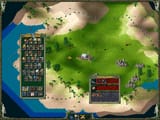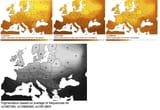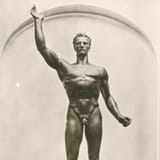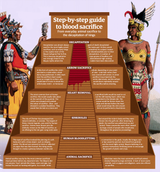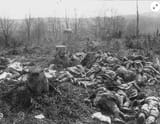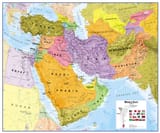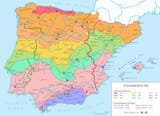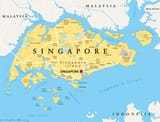>>717124413
The witch hunts in Europe primarily took place between the 15th and 18th centuries, though they were most intense during certain periods. Here’s a more detailed breakdown:
Late 15th Century: The witch hunts began to intensify during the Renaissance period, especially after the publication of Malleus Maleficarum (The Hammer of Witches) in 1487. This book, written by Heinrich Kramer and Jacob Sprenger, became one of the most influential texts used to justify witch trials. The late 1400s saw a surge in witch hunts, especially in areas like Germany and Italy.
16th Century: The 1500s witnessed the spread of witch trials across much of Europe. This was partly driven by the Protestant Reformation (1517) and the Catholic Counter-Reformation (1545-1563), both of which emphasized the need to root out heresy and perceived evil. The fear of witches was particularly strong in countries like Germany, France, and Switzerland.
17th Century: The peak of the European witch hunts occurred in the 17th century, particularly between the 1620s and 1670s. During this time, mass hysteria and fears of witchcraft, especially after events like the Thirty Years' War (1618–1648) and widespread famine, made communities more vulnerable to accusations. Scotland and England were active in the witch trials, with famous cases like the Pendle Witch Trials (1612) and the Salem witch trials in colonial America (1692).
18th Century: By the 1700s, belief in witchcraft began to decline as Enlightenment ideas gained ground, promoting reason and skepticism toward supernatural explanations. The last significant witch trials in Europe occurred in the early 1700s, but they were much less widespread compared to earlier centuries.
Witch hunts and trials were often fueled by a combination of religious, social, and political factors. Fear of heresy, jealousy, misogyny, and superstition played a major role in the persecution of those accused of witchcraft.


